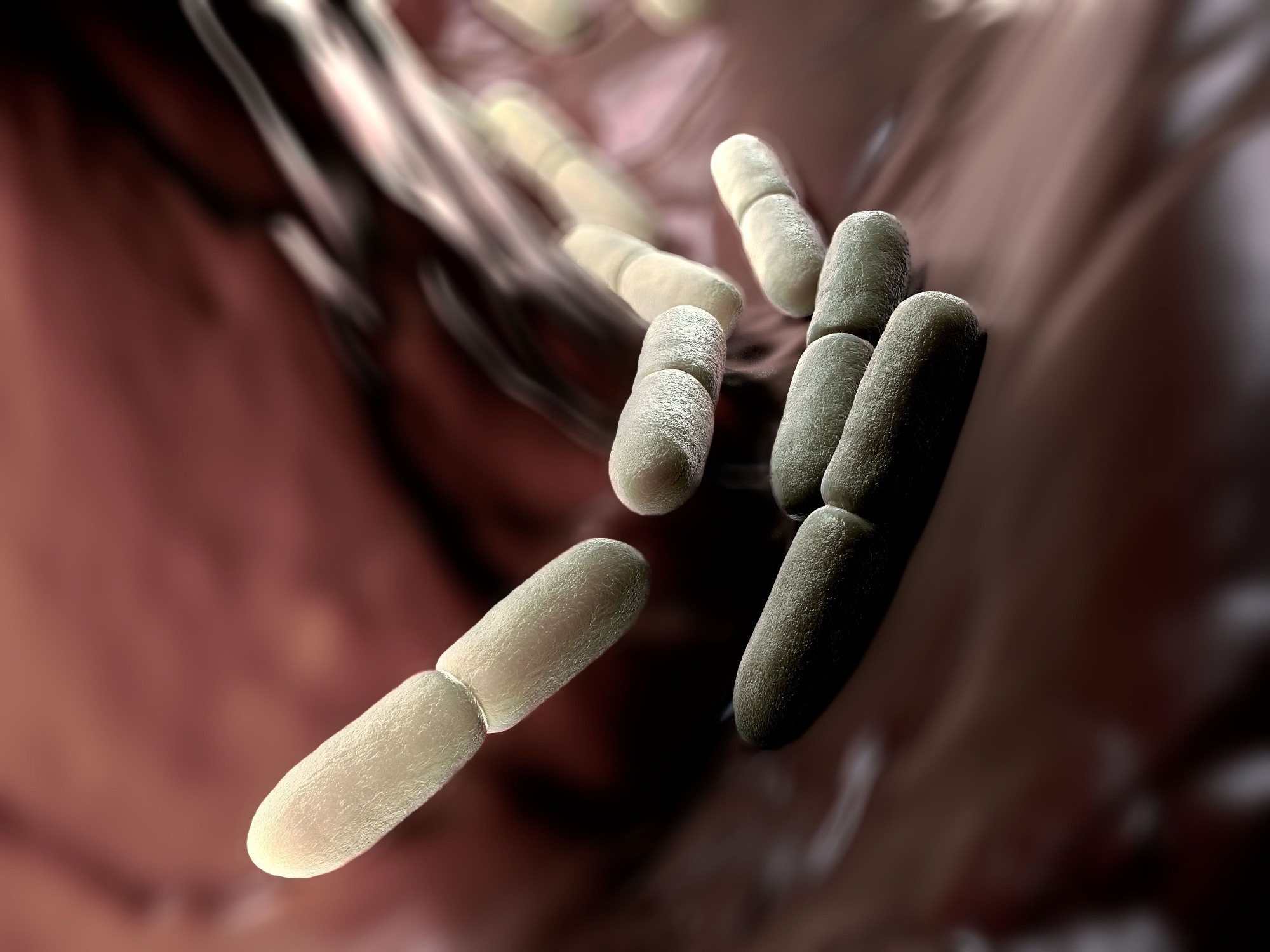In a recent study published in the Scientific Reports Journal, researchers examined the diversity, community-type prevalence, and role of the vaginal microbiota in various pregnancy outcomes.
 Study: Microbial diversity in the vaginal microbiota and its link to pregnancy outcomes. Image Credit: PeddalankaRameshBabu/Shutterstock.com
Study: Microbial diversity in the vaginal microbiota and its link to pregnancy outcomes. Image Credit: PeddalankaRameshBabu/Shutterstock.com
Background
The vaginal microbial community is distinct in its composition and has a specific function in women's reproductive health.
The vaginal microbiome has relatively lower microbial diversity as compared to the intestinal microbiome, and the composition changes across phases starting from birth till menopause.
The ovarian steroid hormone cycle and the changes in estrogen levels associated with the availability of glycogen change the vaginal microbiota of women of reproductive age.
The substantial changes in estrogen levels during pregnancy also result in changes in the vaginal microbial community, which protect the fetus against pathogens.
Dysbiosis in the vagina, known as bacterial vaginosis, is characterized by an imbalance between the abundance of Lactobacillus and Gardnerella vaginalis.
Community sequence types based on the species of Lactobacillus or the abundance of G. vaginalis over Lactobacillus species also vary across ethnicities. They could play a role in the adverse outcomes during pregnancy.
About the study
In the present study, the researchers enrolled 749 women from diverse ethnicities in the last trimester of their pregnancy, and vaginal swabs were obtained from all the participants for microbial analyses.
The swabs were processed for deoxyribonucleic acid (DNA) extraction and metagenomic sequencing of the whole genome. Taxonomic profiling using over 600 human samples comprising vaginal, fecal, oral, and breast milk samples were used to create a customized database, which was then used to assign the sequences obtained from the vaginal swabs taxonomically.
A phylogenetic tree was also constructed for the species in the final custom database by obtaining 16S ribosomal ribonucleic acid (rRNA) sequences from online nucleotide databases.
Alpha diversity was calculated using Faith's phylogenetic and Shannon diversity indices, while the beta diversity was computed using the Bray-Curtis dissimilarity index and weighted UniFrac distances. The differences in the diversities were also statistically analyzed using various tests, including the Mann-Whitney-U test.
The microbial diversities of vaginal microbiomes were analyzed concerning adverse pregnancy outcomes. Preterm birth was one of the unfavorable outcomes examined in the study associated with bacterial vaginosis.
The premature disruption of the amniotic membrane and preterm delivery have also been associated with specific microbes present in the vaginal microbiome.
Furthermore, apart from changes in the bacterial population and lower proportions of Lactobacillus species, the presence of fungi such as Candida albicans has also been associated with an increased risk of preterm delivery.
Results
The results reported that Lactobacillus species play a major role in maintaining the low diversity in the vaginal microbial community, and the decrease in the abundance of these species is associated with preterm delivery.
Furthermore, the findings suggested that specific species in the vaginal microbiome are not the best indicator of the risk of adverse outcomes during pregnancy. Still, the overall diversity of the vaginal microbial community does provide a better understanding of the risk.
The vaginal microbial analyses corroborated the findings from previous studies about the presence of distinct community sequence types represented by the abundance of specific Lactobacillus species.
The two prominent Lactobacillus species in the community sequence types were L. crispatus and L. iners, and a reduction in the levels of these species was linked to a higher risk of preterm delivery. Still, no such associations were observed for any subsequent increase in the abundance of other bacteria.
Furthermore, the co-occurrence of Ureaplasma species and C. albicans in samples with a low abundance of Lactobacillus species highlighted the protective effects of Lactobacillus species in the vaginal microbiome during pregnancy. Additionally, there was a significant (29%) level of Candida and Ureaplasma co-occurrence in the preterm birth cohort in the study.
The role of the overall diversity of the microbial community, and not that of single species, in determining the risk of preterm birth was further emphasized by the fact that women who had a high abundance of G. vaginalis did not show any symptoms of bacterial vaginosis and had normal pregnancies.
Conclusions
Overall, the findings suggested that the abundance of Lactobacillus species in the vaginal microbial community played a protective role against anaerobes and pathogens by keeping the microbiome's diversity low and reducing the risk of adverse pregnancy outcomes such as preterm birth.
The expression of glycogen-production-related gene expression is linked to the composition of the vaginal microbial community.
Future research should examine methods to promote an excellent vaginal microbiome and develop vaginal microbiome biomarkers to screen for potential adverse outcomes during pregnancy.